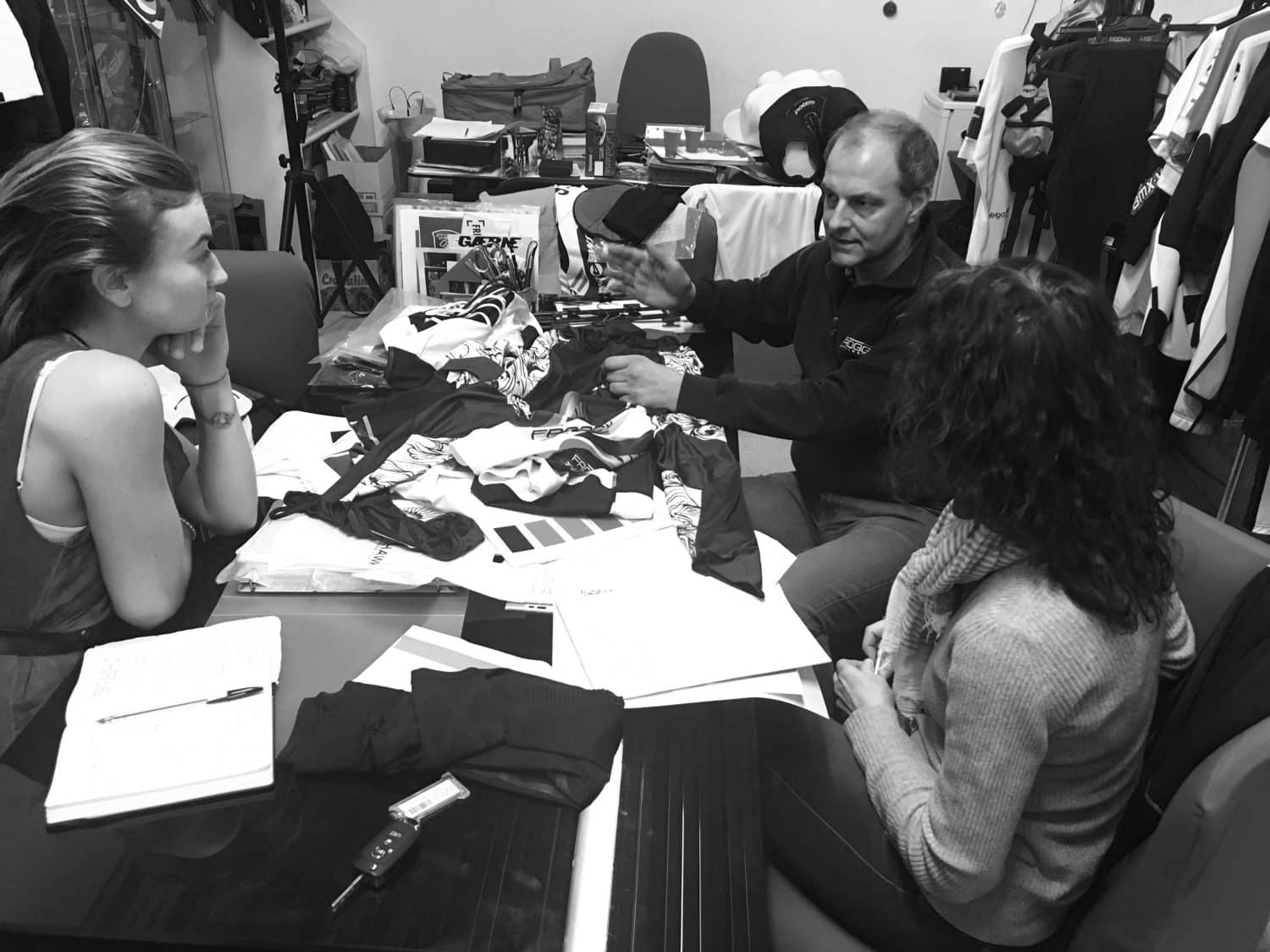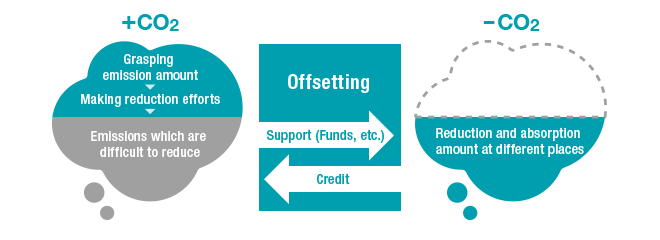Being a designer is destructive; being environmentally conscious is a creative constraint. Unless we overcome this, verifying it is necessary to establish our design as worthy in this 21st century.
When we design, it can be responsible for enriching our lives or ‘doing good’ in the world. However, if good design can improve our world, then surely a bad design can harm it. This highlights the moral responsibilities of designers and of the people who use their designs.
Being environmentally friendly is worthwhile on a huge scale. We see new creatives emerging that are changing the industry in insightful new ways. Something obviously needed to change, and our generation seems to be stuck at that turning point, from mass production and a thriving industry of over-consuming, to now learning to supply ‘good’ for the masses in a conscious format. It poses a large task at hand for new businesses, but some brilliant minds and people will come out of it.

As the wellness industry takes over in the UK, our awareness for good food, mental, physical health and what we consume and buy has been uplifted. We are, however, still very much at the beginning of this journey of ‘righting our wrongs’ of the revolutions of the past. It may feel like an uphill struggle, but at least it’s fashionable… walking down the street with a green juice in hand and trainers made from recycled sea debris on our feet…
Life is comfortable, yet we are seeing the world around us descend into a turmoil of landfill, polluted oceans and melting ice-caps.
This brings in a belief that there might be a moral or ethical component to design that really does need addressing.
We have reached a point in our ever growing industries where a Carbon Offset is the done thing… buying land to ‘do good’ so we can pollute elsewhere. The creation of hybrid cars, for instance, brings less pollution to cities; meanwhile, its counterpart of production of these cars and their batteries pollute in plantations and factories elsewhere.
But how can we eliminate Carbon offset all together? How can we take full construction, creation, production and use of product into consideration?
Sometimes, we need to flip the switch. As designers, we have an idea, think it’s great, and make it to sell. The journey, however, actually starts with the consumer, the customer, the buyer, you. You are the one with the power that sways the industry in the patterns that it moves, and you are the one with the power to change it. We decide to buy what the designer is trying to sell, therefore we have all the power.

One of the reasons manufacturers now even bother having an ‘eco friendly’ insignia installed on any part of their production line at all is due to consumers taking an interest in where their products come from. As buyers, however, we are not well educated on the journey our products take before they reach the shelves, from which we buy them.
As we bring more awareness into our lives, practicing mindfulness and healthy eating habits, our awareness has begun to expand further afield. And this is brilliant news.
At League Collective, we urge you to stay inquisitive, challenge the products you buy, and ask those big brands and manufacturers what they are actually doing to sustain their production and the health of this planet.
Anyone can create a product. With the right money, the contacts to the manufacturers and the help of some experts… Hell, with 3D printing available now anything is possible! But is it really worth it, when it’s just adding to the waste? There is such a sense of urgency to create, especially with the fashion industry season changing so fast – meaning high street bands are sometimes bringing out up to 12 collections a year – that it becomes very easy to lose sight of quality.
As Designers, we need to ask the question of ourselves – as much as we might love our designs – are we actually adding value to so many already thriving markets out there? And if so, what is it that makes us the next best thing? Are we being environmental about it?
As buyers, we can sometimes feel victimised by the media, “we are in a massive cow shed spun by the media”, “we are trapped by the powerful and rich of the world”…
Not quite.
Half of the world’s wealth is owned by 1% of the population, but is this really power?
99% is manpower, and although it may not be measured in money, this does not stop us from actually investigating the decisions we make and why we make them.
We are “mindful’ when we go to our yoga class, go on a meditation retreat, or go running, yet mindless when we consume. Shopping, eating, watching. All these beautiful treats given to us by a mindless medium that no one ever told you you had to watch, eat, or buy… but we do it anyway, why? Because it is on trend, it is what your best friend does, what your rival at work does, and what media portrays as fashionable.

The UK’s wellness industry has begun a movement, yet it has nowhere near yet reached changing point. The industry has emerged to create ‘designated mindfulness time’. A time to process our thoughts, or forget them all together before we leave the studio to be hit by another media heatwave, littered with handbags, trainers, magazines, the latest look, billboards, and even what “Jane is eating tonight’ and why we should be eating it too.
Actions speak louder than words… and even though we’re all thinking ‘those Primark leggings are ‘literally £5 and will ‘do the job”… Who are you helping grow when you buy them? That 1% as their profit margins increase, and a company with hardly any environmentally ethical feet to stand on grows? Or the planet.
We are facing a catastrophic change in climate, and buying a quality item of clothing made from recycled yarns with durability to withstand 4 years of wash cycles sounds pretty minor when you look at the bigger picture. Yet we are the bigger picture. ‘Three’s a crowd’, four’s a gang. Give this gang a mutual interest and you have a community. A community can grow, create a revolution and change begins to happen. When you truly understand the reasons behind why you consume a certain thing, then you can share your belief of the ideas behind it, thereby making it a mindful action. Mindfulness buying, eating, consuming cannot be done if we are not mindful of where our products came from and how they are effecting the world around us.
Some people are so poor that all they have is money. They believe money is power, but as soon as you educate people, the masses, the 99% as to what they consume, and the way we shape this world… That is when things begin to change.
Give people the knowledge and belief in the products they buy. Invest in the education for yourselves of the understanding of our industries and the huge corporations that currently run it. We have power, and every decision and action we take means something for this planet. Let your decisions of mindfulness empower you, your friends, your community, and watch the world around you change.
We are shaping our planet. Our life choices, and our minor decisions matter, on an infinitely large scale.
Our time is Now.
We hope you enjoyed this post! For more information on League Collective, get in touch via our email: [email protected] . We’d love to hear from you! and we will get back to you as soon as we can.
Photo no: 1, 3: League Collective
Photo no 2: https://www.hitachicm.com/
Lilly Richardson
Bringing you stories to inspire, motivate and achieve. Lets create your sustainable life.
